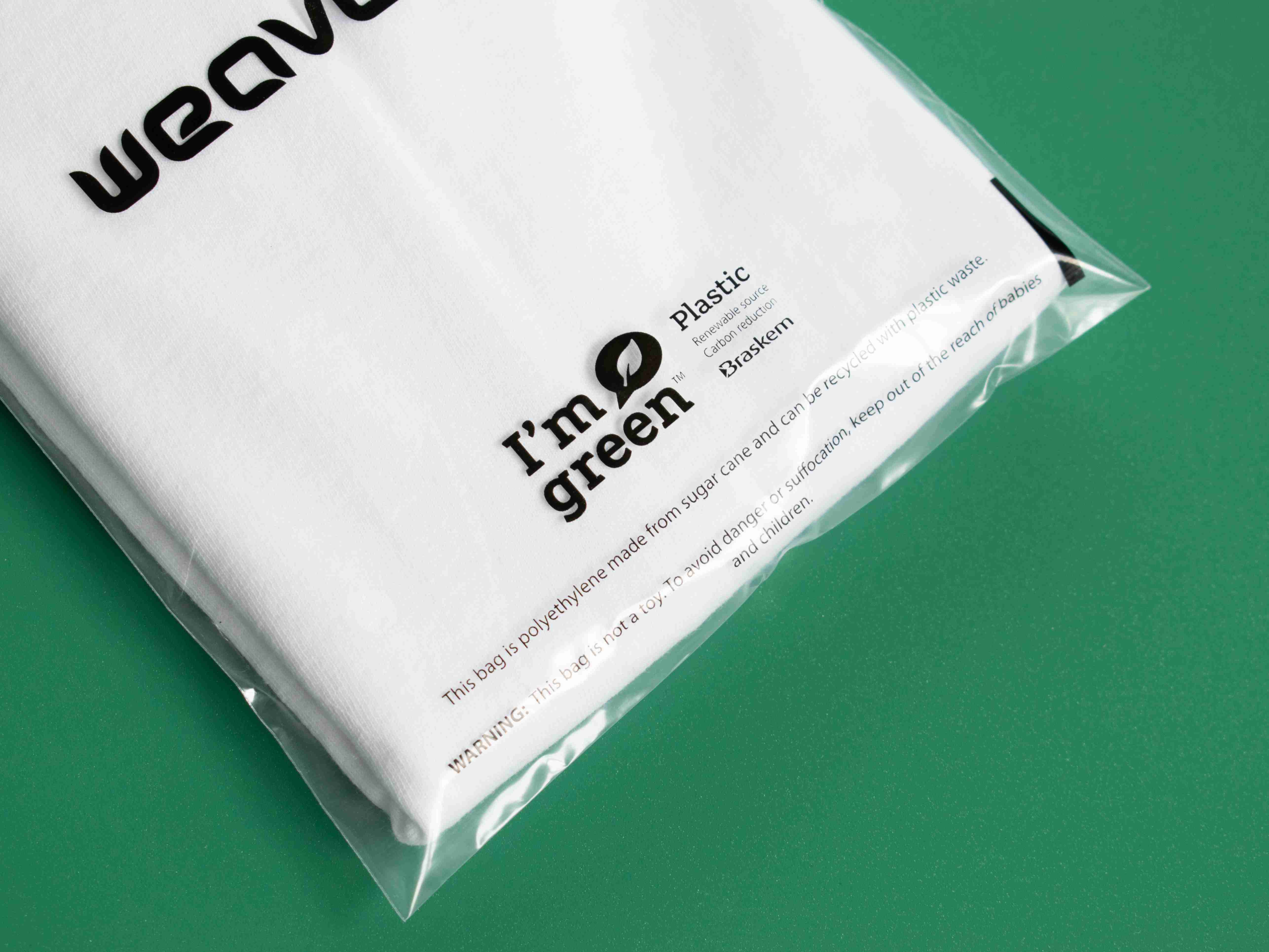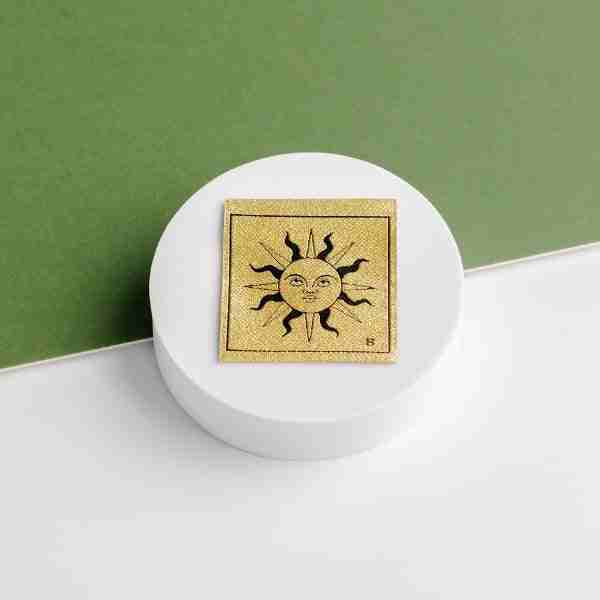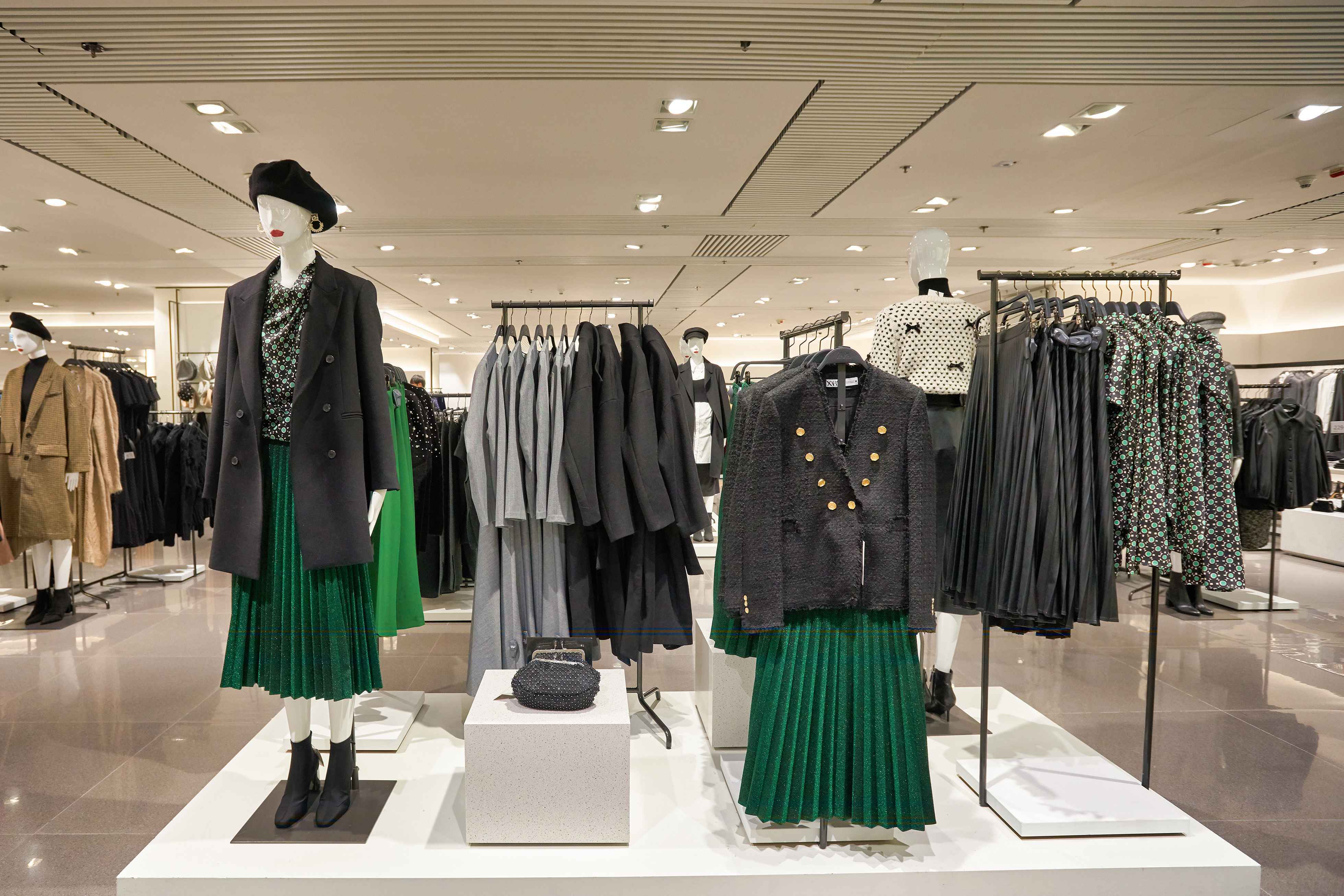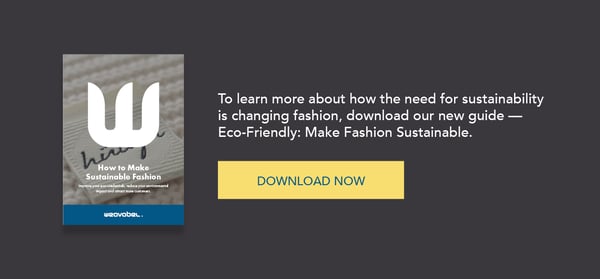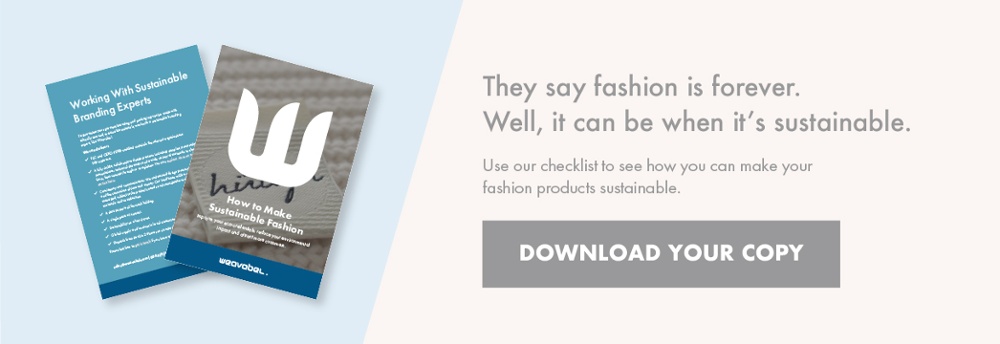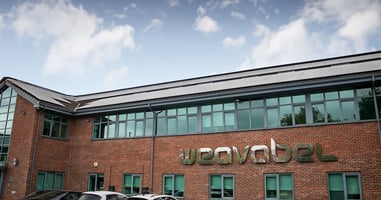All You Need to Know About Circular Fashion
You may have heard of circular fashion, but what exactly is it? We look into the concept and what it means for the fashion industry.
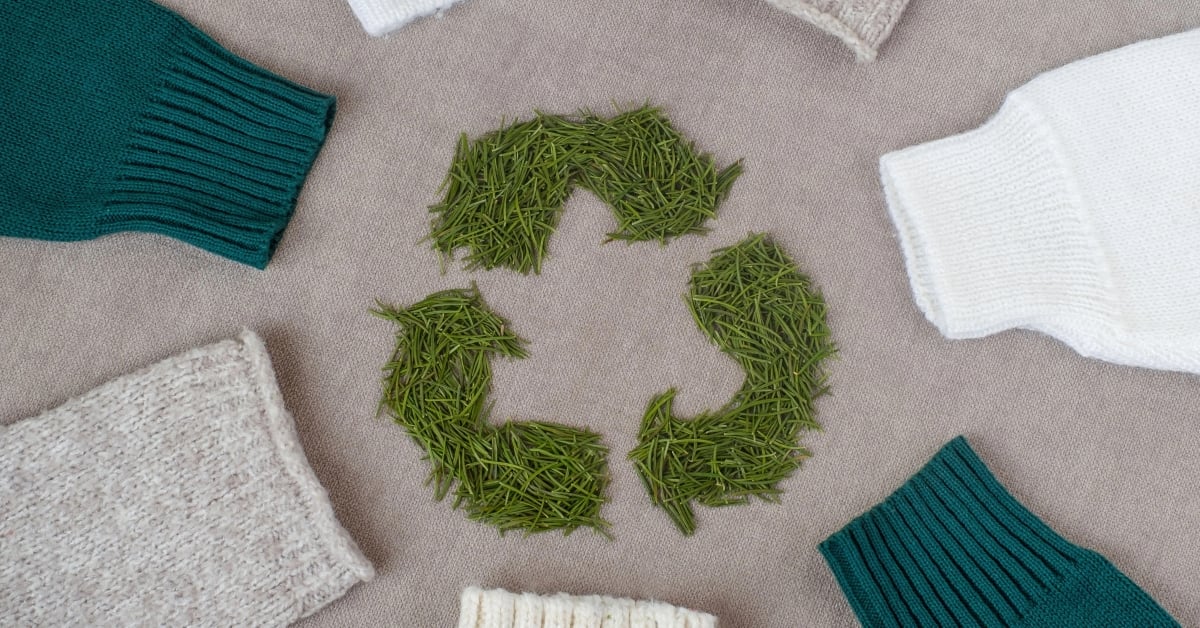
Circular fashion. It’s the concept transforming the fashion industry and consumer attitudes. Created to tackle the fashion industry's negative impact on the environment, circular fashion is not the latest fad or trend — it’s here to encourage real change.
In this article, we discuss everything there is to know about circular fashion, its benefits and how it proposes to transform the industry as we know it.
- What Is Circular Fashion?
- What Are the Benefits of Circular Fashion?
- Is It a Sustainable Model or an Attempt to Greenwash?
- What Is the Circular Fibres Initiative?
- How Can the Fashion Industry Transition From a Linear to a Circular Economy?
- What Are the Drivers for and Barriers to a Circular Economy?
- What Role Does Circular Design Have To Play?
- Brands Embracing Circular Practices
- Sustainable Habits to Encourage Circular Fashion
- It Doesn’t End There...
What Is Circular Fashion?
Although circular fashion is a relatively new concept, its popularity has rapidly grown and with it, the pressure for the fashion industry to adopt its principles has skyrocketed.
At its core, circular fashion and the circular fashion economy aim to reduce the amount of waste created by the industry, as well as encourage recycling and the use of regenerative and sustainable materials.
It challenges the traditional linear fashion model and instead proposes that products should be designed, produced, sold and collected in a cyclical way, enabling the reuse and recycling of post-consumer textiles at scale.
Sustainability has long been on the back burner for the fashion industry, but as public pressure begins to mount — backed by government legislation — the need for the fashion industry to change is becoming increasingly apparent.
To learn more about circular fashion, check out our helpful infographic below.
What Are the Benefits of Circular Fashion?
The whole concept of circular fashion is built on the need for positive climate change. For too long, the fashion industry has been wreaking havoc on the environment. As it stands, a rubbish truckload of clothes is burnt or buried in landfill every second.
Waste reduction is a top priority when adopting the circular fashion model, with opportunities to reduce and eliminate the amount produced at every stage of the cycle. Raw material waste, production waste, supply chain waste and post-consumer waste should all be recycled, reused or regenerated for use elsewhere in the cycle.
Because of this utilisation of waste, another key benefit is that fewer natural materials will be used for fashion production. The depletion of natural resources is a real issue and circular fashion hopes to counteract that by regenerating nature.
Finally, while adopting the circular fashion economy will cost businesses money in the short term, the long-term cost-saving benefits can’t be ignored. Creating a cyclical system will reduce the cost of raw materials, production, logistics, resources and more.
Is It a Sustainable Model or an Attempt to Greenwash?
Even though many brands are adopting the circular fashion model to encourage real positive change, some are using it as a disguise.
This is known as greenwashing. Greenwashing is a term coined to describe brands that use sustainability claims and campaigns to satisfy customers and appear environmentally friendly when in reality, they aren’t.
Numerous fashion brands use small parts of the circular fashion concept to appear sustainable, even though they’re still operating a destructive take-make-and-waste model. Not only does greenwashing dupe customers, but it also hinders meaningful change a circular fashion economy can bring.
To find out more about the discussion, the reality and the solution, head over to our article.
What is the Circular Fibres Initiative?
An offshoot of circular fashion, the circular fibres initiative was created to phase out the negative impacts of the fashion pipeline at the root source — raw materials. The fashion industry's detrimental effect on the environment can be reduced by phasing out harmful practices and chemicals and encouraging recycling.
The circular fibres initiative aims to phase-out substances of concern at all stages of the pipeline, transform the way clothes are designed and sold, improve recycling methods and options, as well as make effective use of resources and renewable inputs.
We take a deeper dive into the circular fibres initiative and what it means for the fashion industry here.
How Can the Fashion Industry Transition From a Linear to a Circular Economy?
While it’s all well and good outlining the benefits of circular fashion, the reality of transitioning from the traditional linear model is a far more complex task.
The fashion industry — particularly fast fashion — has been operating a traditional linear concept for many years. Moving towards a circular economy requires a seismic shift in brand and consumer attitudes, production methods, supply chain management and buying habits.
Read more: How Can Fashion Brands Transition From a Linear to Circular Economy?
What Are the Drivers for and Barriers to a Circular Economy?
As we’ve already highlighted, there are many benefits and challenges presented by circular fashion. While there may be an appetite for change, the reality of the investment, time and transformation needed is a daunting task.
As the need for environmental change, increased global agendas and awareness all push towards a circular economy, consumer attitudes, costs and the need for greater transparency is holding the fashion industry back.
Find out more about the key drivers and barriers in our article.
What Role Does Circular Design Have to Play?
A big part of the circular fashion model is the concept of ‘designing-out’ waste. Over 80% of a product’s environmental impact is determined during the design process and circular design aims to counteract that.
Circular design is a massive part of the overall circular fashion model. It focuses on designing garments with reuse, refurbishment, remanufacture and recyclability in mind, massively reducing the amount of waste produced by the fashion supply chain.
If you’re looking to find out more about circular design, its importance and the framework, check out our article.
Brands Embracing Circular Practices
There’s no doubt about it — action is needed to create a more sustainable future for the fashion industry. Luckily, several brands are already paving the way to success using the circular fashion model.
Our article explores upcycling, what it entails and which brands are taking it on board to encourage circularity. From buy-back initiatives to vintage brands and eco-friendly concepts, find out more about the brands championing change.
Sustainable Habits to Encourage Circular Fashion
The circular fashion principles open up many opportunities for companies to become more sustainable. Eliminating waste isn’t only considered post-purchase. Recycling should not just be turning garments into new fibres. It stretches much further than that.
As a brand, exploring and investing in eco-friendly packaging, trims, labels and branding material will all contribute towards a circular economy, building a more sustainable future for our planet.
Read more to find out how upcycling, buying vintage and secondhand, resale, recycling, clothes for hire and buy-back all have their part in transforming the fashion industry to become more circular.
It Doesn't End There...
If sustainability is a key focus for you and your business, you’ve come to the right place. Our sustainability checklist outlines everything you need to know about becoming more eco-conscious and transforming the fashion industry's future.
Get access for free below.

